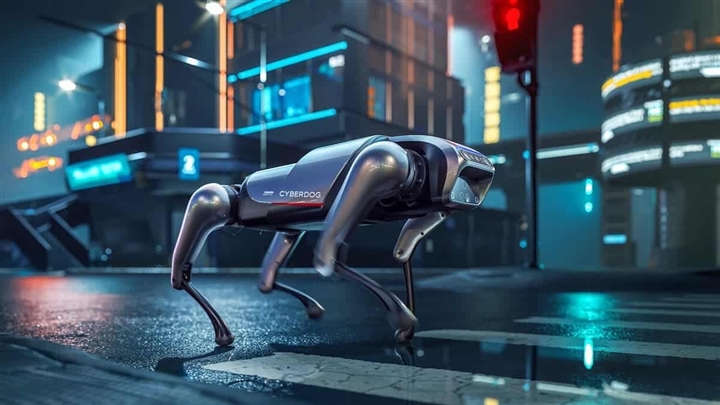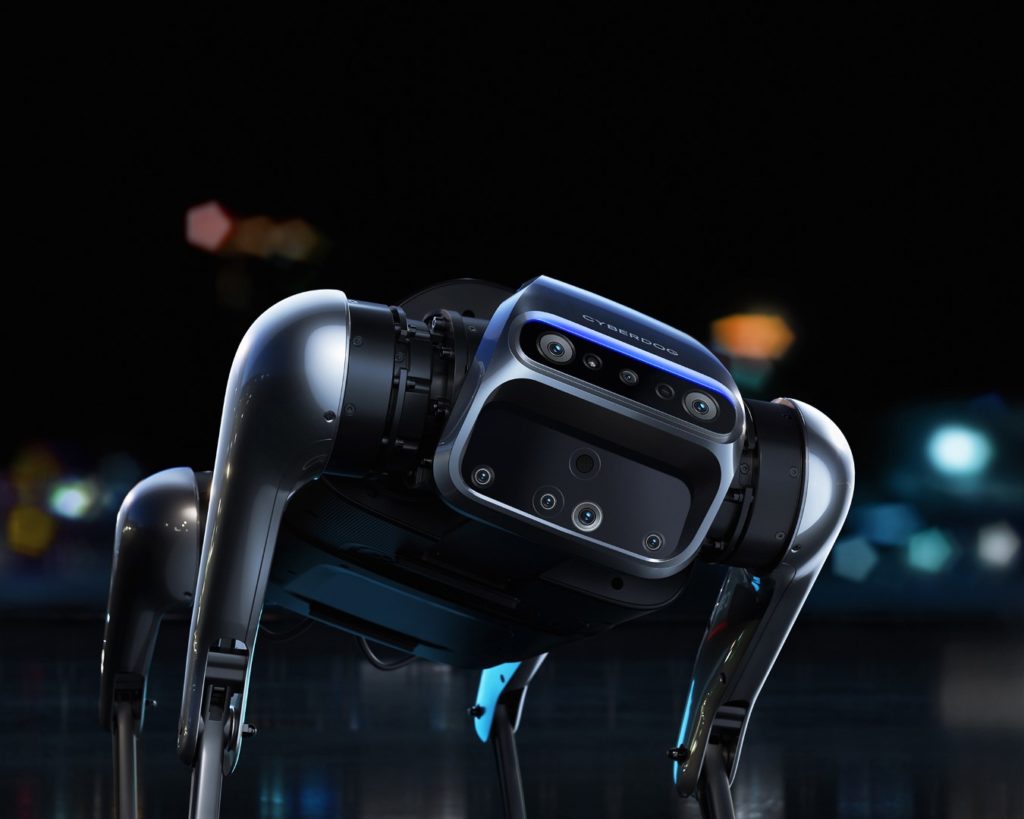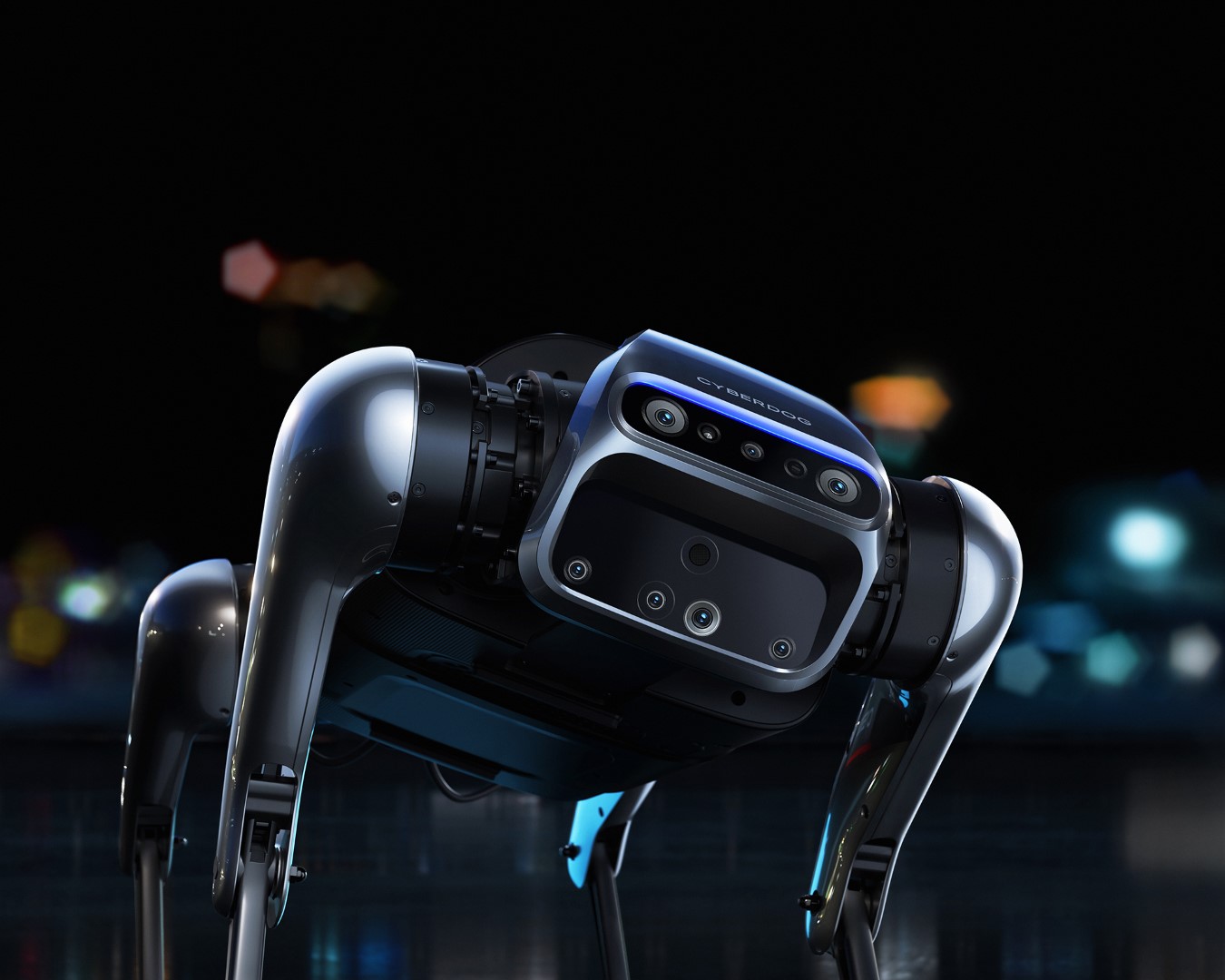CyberDog is Xiaomi’s first foray into quadruped robotics for the open-source community and developers worldwide. Robotics enthusiasts interested in CyberDog can compete or co-create with other like-minded Xiaomi Fans, together propelling the development and potential of quadruped robots.

CyberDog is calibrated with Xiaomi’s in-house developed servo motors that translate into great speed, agility, and a wide range of motion. With a maximum torque output and rotation speed up to 32N·m/220Rpm, CyberDog is able to conduct a range of high-speed movements up to 3.2m/s and complicated actions such as backflips.
Powering CyberDog’s brain is the NVIDIA® Jetson Xavier™ NX platform, an AI Supercomputer for Embedded and Edge Systems which includes 384 CUDA® Cores, 48 Tensor Cores, a 6 Carmel ARM CPU, and 2 deep learning acceleration engines. For its owners, CyberDog processes massive data captured from its sensor system without a hitch.

To fully model biological organisms, CyberDog is equipped with 11 high-precision sensors which provide instant feedback to guide its movements. This includes touch sensors, cameras, ultrasonic sensors, GPS modules, and more, giving the CyberDog enhanced capability to sense, analyze, and interact with its environment.
Thanks to Xiaomi’s smartphone imaging technology, CyberDog has enhanced capability to perceive its surroundings. It comes embedded with an array of camera sensors including AI interactive cameras, binocular ultra wide angle fisheye cameras, and Intel ® RealSense™ D450 Depth module, and can be trained with its computer vision algorithm.

Built upon this vision sensor system are autonomous object tracking, SLAM, and centimeter-scale obstacle avoidance and navigation. This means that CyberDog can analyze its surroundings in real-time, create navigational maps, plot its destination, and avoid obstacles. Coupled with human posture and face recognition tracking, CyberDog is capable of following its owner and darting around obstructions.
To add to its pet-like nature, users can use voice assistants to command and control CyberDog by setting a wake word, or simply use its accompanying remote and smartphone app. CyberDog can be called on for the most unique tasks, and the ways in which it can be interacted with holds unforetold possibilities.
CyberDog is also developed with rich external interfaces that include 3 type-C ports and 1 HDMI port, so developers have the freedom to explore and integrate a wide range of innovative and creative hardware add-ons or software systems, be it a search light, panoramic camera, motion camera, LiDAR, or more.
According to Xiao Mi














